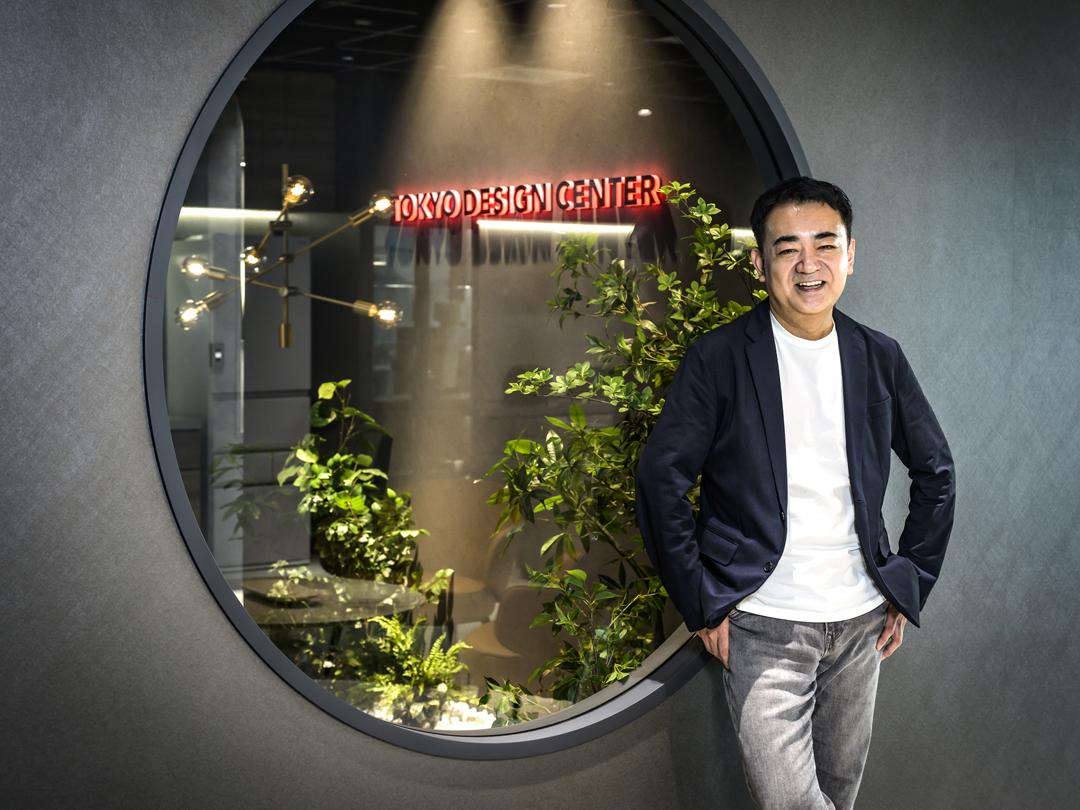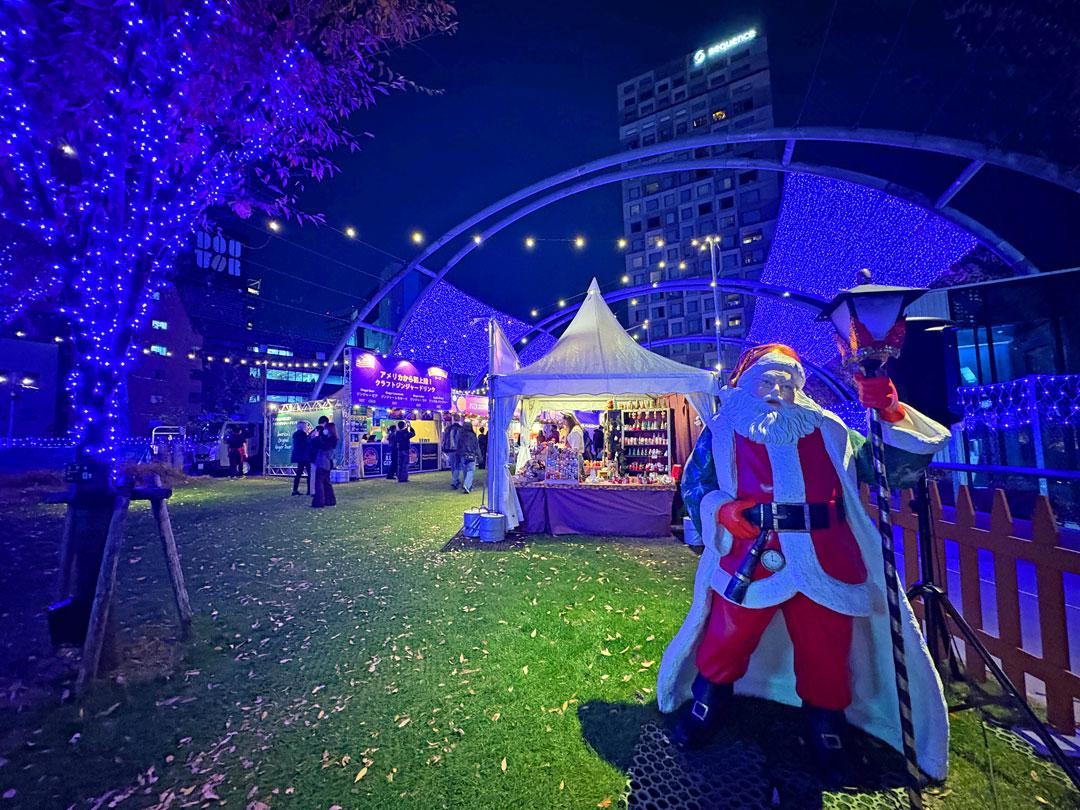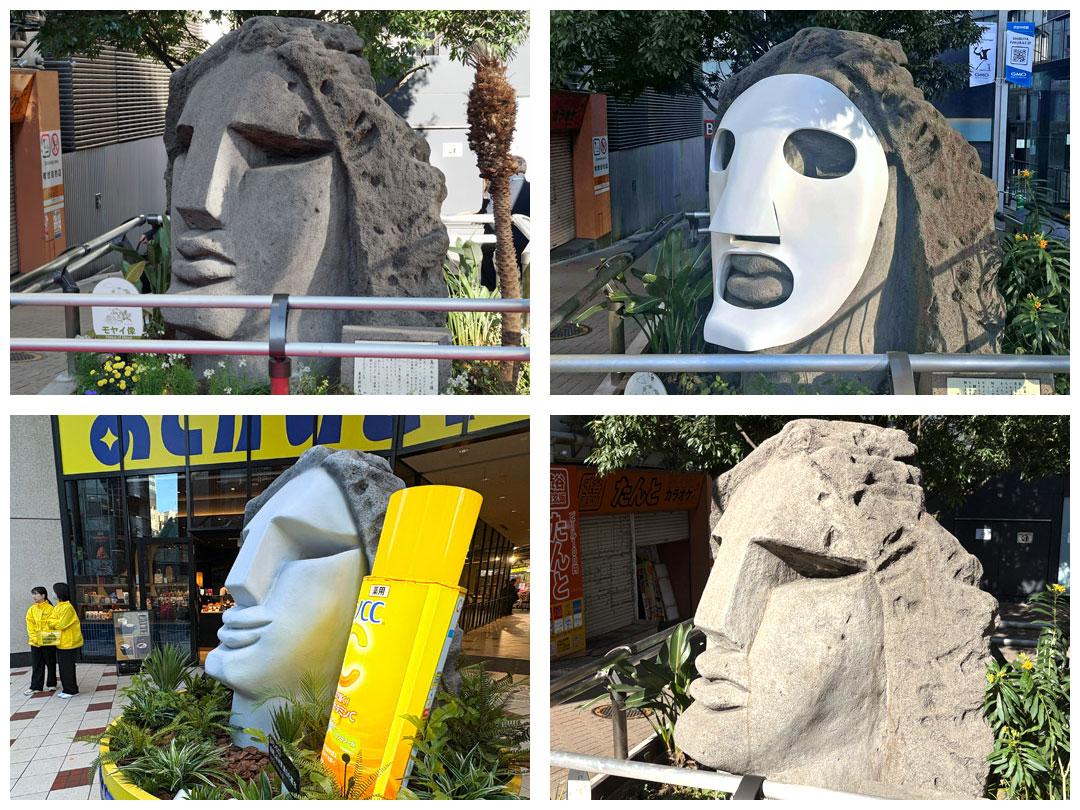SHIBUYA × WATCH
東京のリアルな住まいを3Dで可視化──MVMNTが記録する「東京[不]不動産」展
東京のリアルな住まいを探る展覧会「TOKYO [UN]REAL ESTATE|東京[不]不動産」が2025年2月28日(金)、東武ホテル地下2Fにある「シビック・クリエイティブ・ベース東京(CCBT)」で始まった。
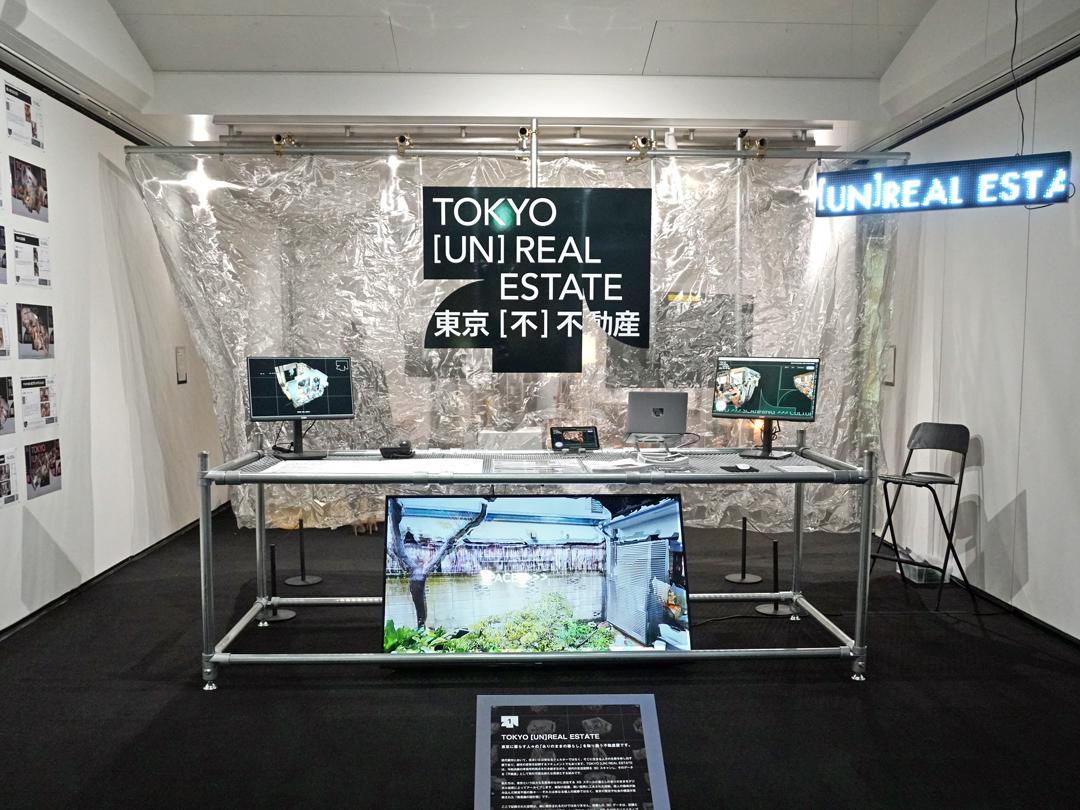
シビック・クリエイティブ・ベース東京(CCBT)とは?
CCBTは、東京都と東京都歴史文化財団が主催するデジタルクリエイティブの創造拠点であり、2022年10月に開設された。コアプログラムの一つである「アート・インキュベーション」では、クリエイターに創作活動の機会を提供し、そのプロセスを市民(シビック)に開放することで、都市をより良く変える表現・探求・アクションの創造を目指している。 毎年、公募・選考によって5組のクリエイターが「CCBTアーティスト・フェロー」として選出され、企画の具体化と発表、創作過程の公開、ワークショップやトークイベントの実施などを行っている。
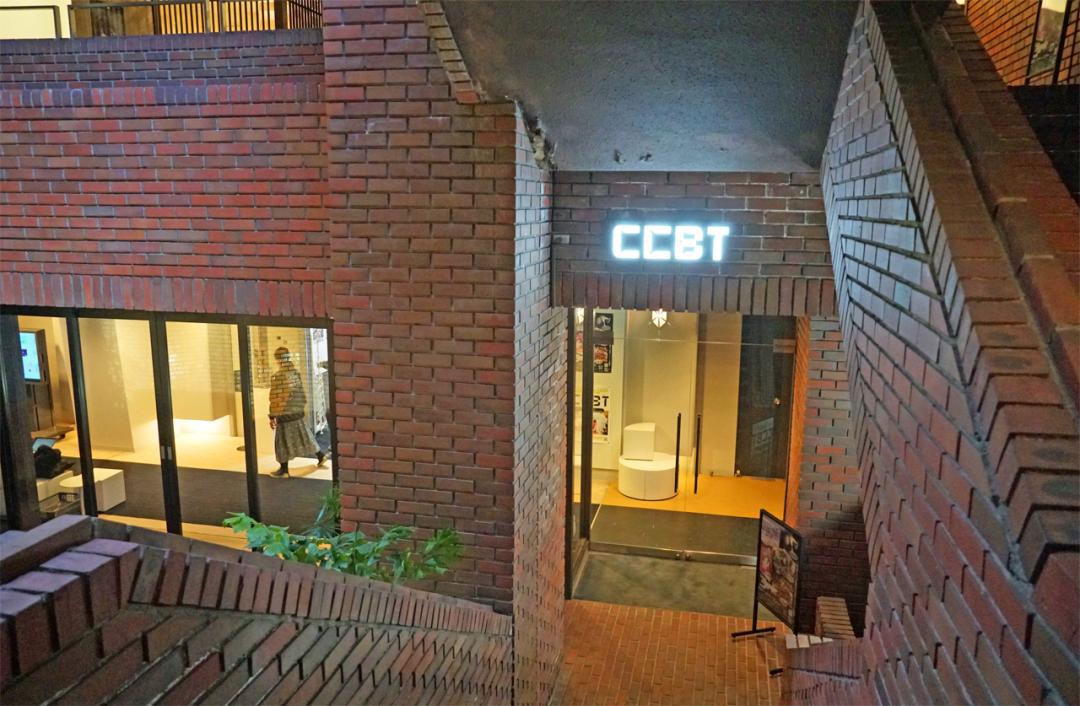
渋谷公園通り沿い東武ホテル地下2階にある「CCBT」
3Dスキャンで記録する「東京の暮らし」 都築響一さん名著から着想
2024年度のフェローの一組であるMVMNT(ムーブメント)が手がけた本展覧会は、東京で暮らす人々の部屋を3Dスキャンし、多様なライフスタイルの「今」をデジタルアーカイブするプロジェクト「TOKYO [UN]REAL ESTATE」の成果発表の場である。これまでに収集した住空間データをもとに、「東京のリアルな暮らし」を紹介する架空の不動産屋「東京[不]不動産」をオープンするというコンセプトで開催されている。
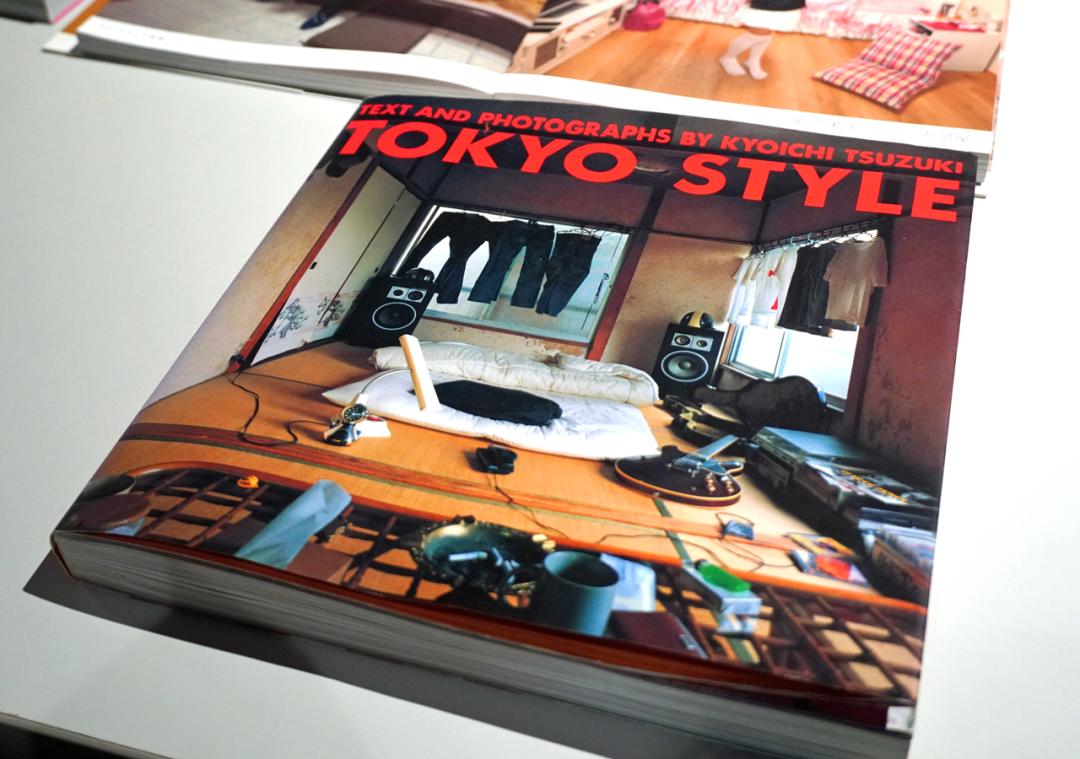
都築響一さんが手がけた写真集「TOKYO STYLE」(1993)
「東京で暮らす若者たちのリアルな生活」を記録した作品として、都築響一さんによる写真集『TOKYO STYLE』(1993)を思い出す人も多いだろう。かつて「うさぎ小屋」と揶揄された日本の住宅だが、本書は、物があふれた狭い部屋の中に住人の個性や生活感がにじむ様子を丁寧に取材・撮影し、100軒以上を紹介した名著である。今回のプロジェクト「TOKYO [UN]REAL ESTATE」は、『TOKYO STYLE』から着想を得たもので、2次元のアナログ写真から3次元のデジタルデータへとメディアを変えた取り組みとなる。30年以上の時を経て、東京のリアルな暮らしがどのように変化しているのか、大変興味深い。
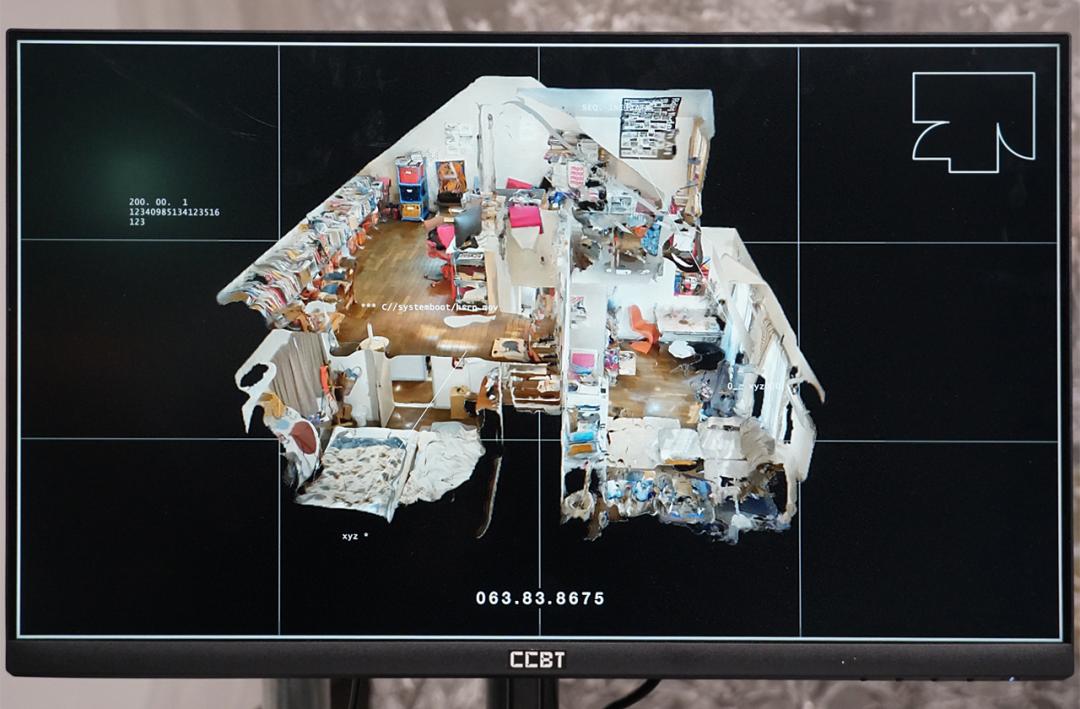
3Dスキャンし物件情報をデータ化。360度あらゆる角度から部屋の中を見ることができる
家具の配置、狭い部屋を有効活用した収納、壁に掛かったポスター、趣味や個性がにじみ出るインテリアや服、本棚に並ぶ書籍のタイトル…。各々の部屋は、東京の文化や流行、社会の変遷を映し出すと同時に、その住人が何を見て、何に憧れ、何を糧に暮らしているのかを語る空間でもある。
MVMNT挑戦する住空間データの収集
MVMNTは、現代社会の特質や変化を「考現学」の視点から考察する取り組みとして、約半年にわたり、東京の住まいとライフスタイルをデジタルデータとして記録してきた。同調査の対象は、以下の条件を満たす居住空間で行われた。
<調査対象の条件>
1.1990年代以降に東京に住んだ人の居住空間。
2.LIDARスキャナを搭載したiPhone/iPad Proで記録する。
3.リビング以外の可能な限りすべての範囲を記録する。
4.スキャン用に部屋のレイアウト変更や過度な掃除を行わない。
5.住民の情報として以下の項目を収集する。
記録日、職業、出身地、居住年数、年齢・性別
部屋の3Dデータ収集は「訪問スキャン」と「自分でスキャン」の2つの方法で行われた 。「訪問スキャン」はMVMNTスタッフが自宅を訪問し、直接スキャンを行うもの。一方、「自分でスキャン」は、住民自身が3Dスキャンアプリを使用し、部屋をスキャンしてデータを送付するものだ。
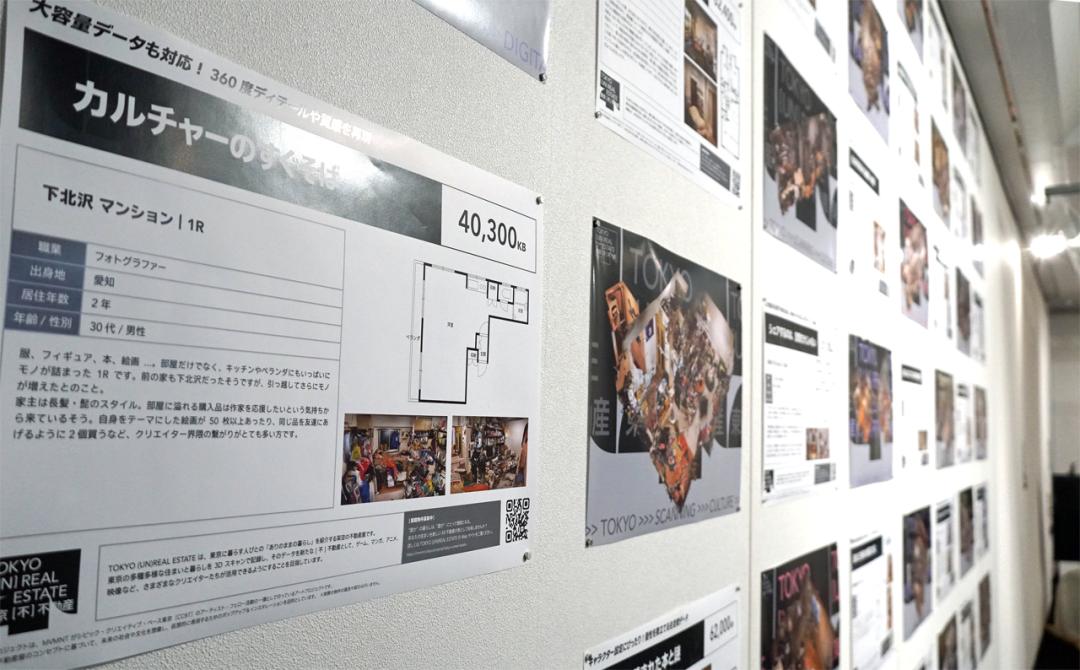
壁面に掲出された32軒の物件情報。間取り、3Dデータのほか、部屋の様子や生活者の暮らしなどについても詳しく記載されている
会場の入口付近には「TOKYO[UN]REAL ESTATE Library」が設置され、収集した32軒の物件情報が壁一面に掲出されている。たとえば、「本やアートに囲まれたワンルーム1人暮らし」(京王線・幡ヶ谷駅|1LDK)、「夫婦ふたりの中央線沿いの豊かな暮らし」(吉祥寺駅|2階建メゾネット|2LDK)のほか、笹塚、六本木、高円寺、下北沢、三軒茶屋、八王子 などの住空間データを紹介する。また、全ての物件情報はチラシとしても提供され、来館者は自由に持ち帰ることができる。
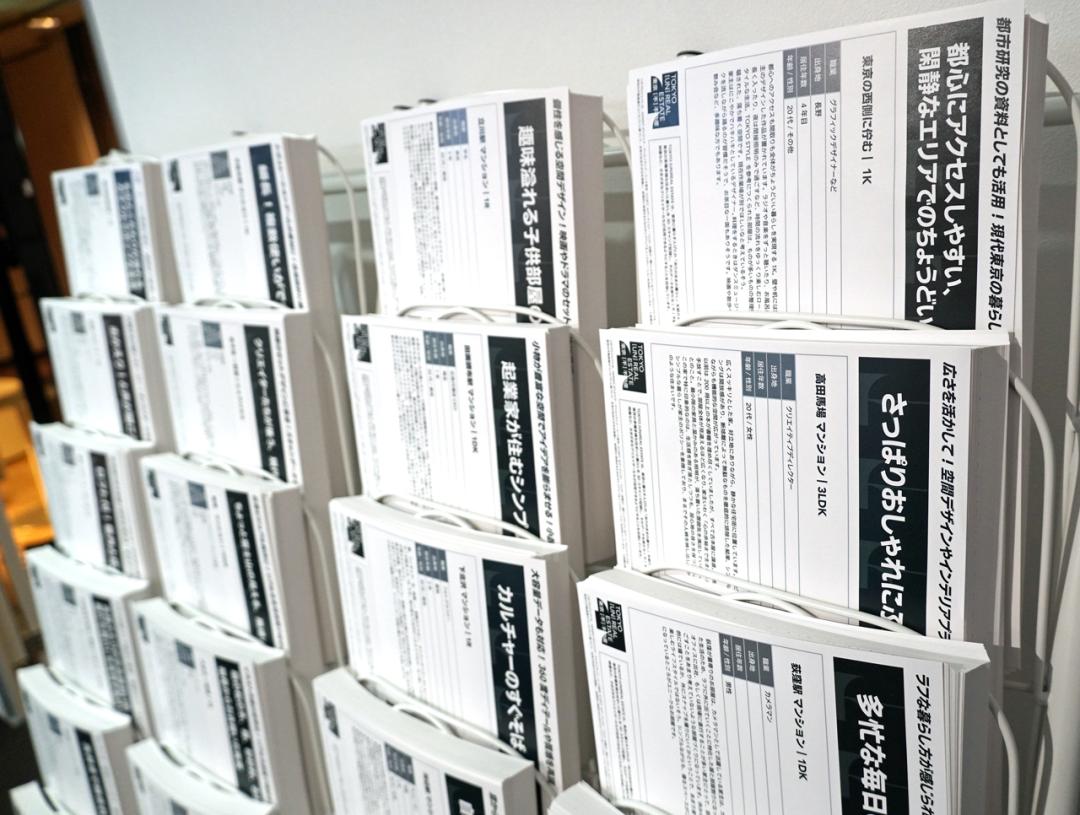
会場では各物件のチラシを自由に持ち帰ることができる
各部屋のチラシには「37,800KB」や「69,100KB」といった数字が記載されている。これは家賃や販売価格ではなく、3Dデータの容量を示している。収集した全データはオープンソースとして公開されており、ゲームやマンガ、アニメーションなどのクリエイティブ・アセットとして自由に活用できる仕組みとなっているためだ。
住空間データのオープン化がもたらす新しい価値
このプロジェクトが優れているのは、単に編集者視点として東京の生活を記録しているだけではなく、収集した3Dデータを世界中のクリエイターやアーティストの創作活動、社会学や文化人類学の領域の研究活動など、幅広い活用が可能な点にある。それも無償で提供している。
会場では、不動産の新しい内見方法を提案するスペースを設け、クリエイターやアーティストと協力し、3Dデータを活用したマンガ、ゲーム、XR(拡張現実)、映像作品などを展示している。一歩先の未来を見越したデータ活用の可能性を探る試みも行われており、展覧会の完成度の高さがうかがえる。
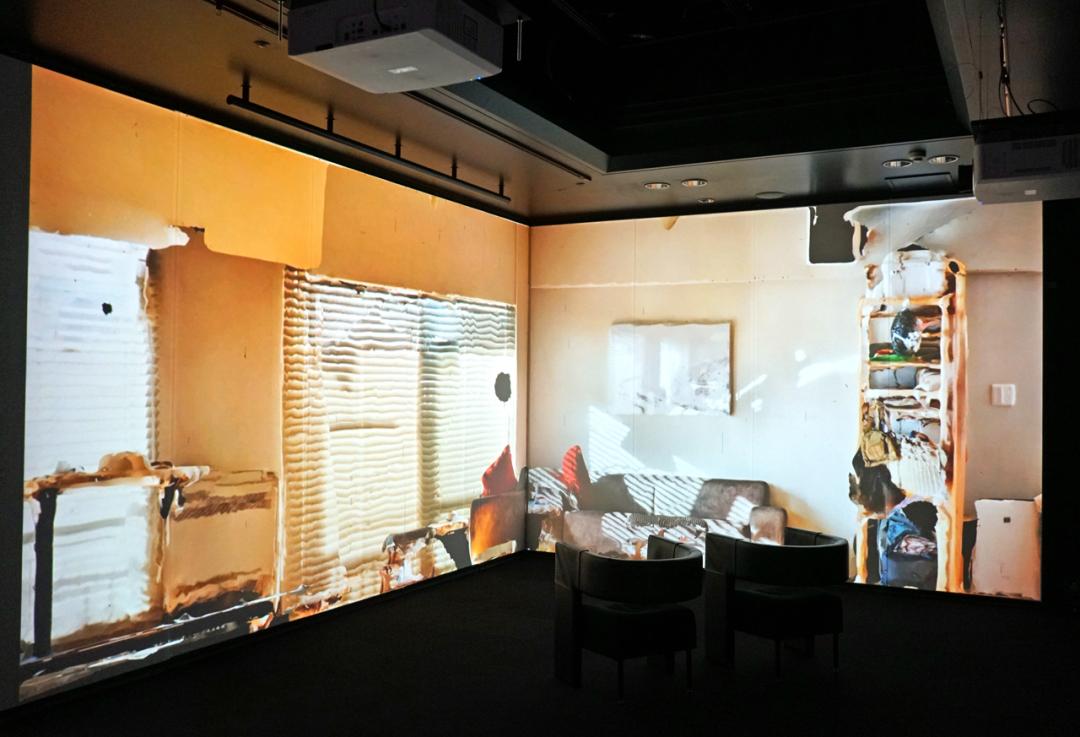
内見スペースでは部屋の3Dデータの映像が実物大で投影され、臨場感のある部屋の様子をその場で体感することができる
新しい「内見スペース」の提案。部屋の3Dデータをおおよそ1:1スケールで投影することで、現地に行かずとも実物大の部屋を細部まで体感できる内見スペースを提案している。これにより、より直感的な物件選びが可能となる。
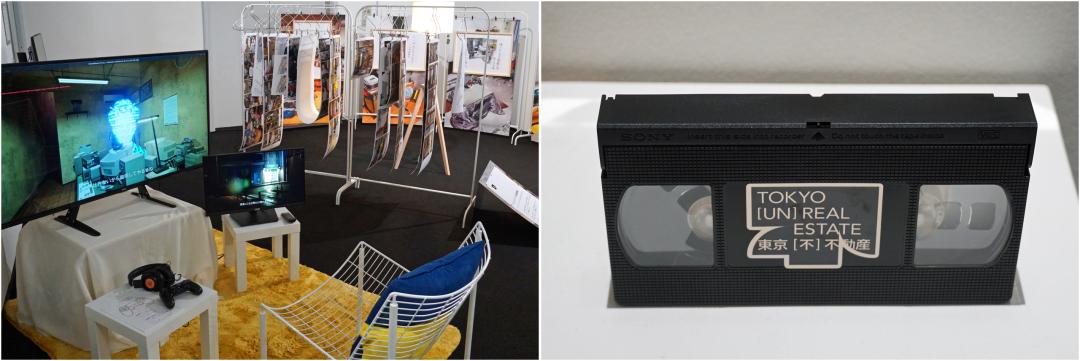
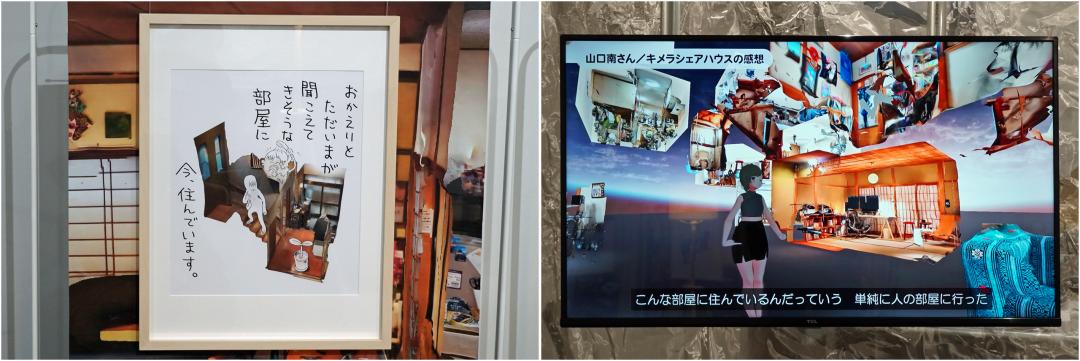
左上)座敷わらしが不動産で部屋を探すゲーム「幽限会社わらし不動産 体験版」(高橋祐亮、石原航) 左下)部屋データをもとにした1コマ漫画「生活感の亡霊」(クイックオバケ) 右上)生活音のサンプリングを使用して楽曲を制作した「[UN]Noclip」(大澤利己) 右下)メタバース上のバーチャルシェアハウス「キメラシェアハウス」(oji_chang/清水岳)
「クリエイティブへの拡張実験室」では、クリエイターやアーティストがリアルな住空間データを活用し、マンガの背景、ミュージックビデオのセット、ゲームの舞台、メタバースの交流空間などに再構築した作品を展示している。これらの展示を通じて、来場者自身も3Dデータの新たな活用方法を想像し、創造的なアイデアを膨らませることができる。
デジタルとアナログが交差する現代のライフスタイル
『TOKYO STYLE』から30年が経ち、デジタル化が進む中で、スマホやサブスクリプションサービスの普及により物理的なモノの消費が減ったと言われる。しかし、今回公開されている住空間データを見ると、昔も今もあまり変わらず、ゴチャゴチャと物があふれる部屋で暮らす人が意外に多いことがわかる。
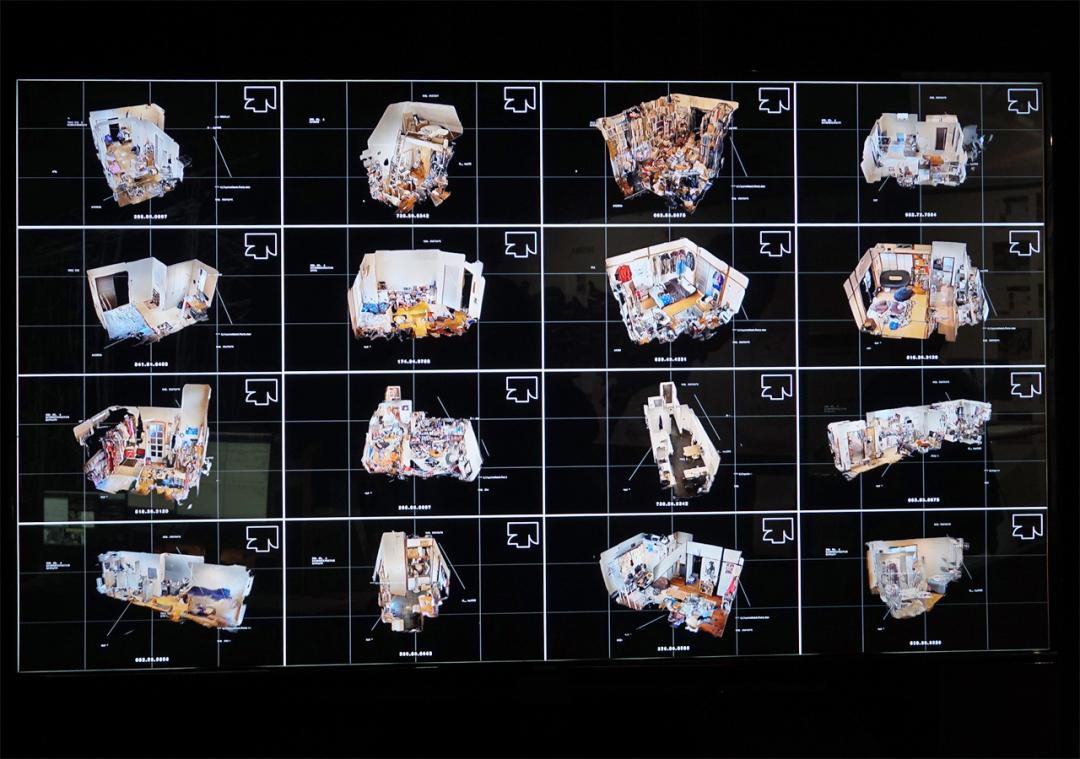
データ化された物件情報。ウェブサイトから各データをダウンロードでき、様々な創作活動や研究に活用が可能
部屋の中には時代の変化を感じさせる要素も散見される。例えば、書籍や衣類が高く積み重なる隣に、スマートスピーカーやノートパソコンが置かれているなど、アナログとデジタルが共存する空間は現代のライフスタイルを象徴している。また、仕事や趣味のスペースの変化も興味深い。かつては机に向かって作業するスタイルが主流だったが、現在ではノートPCやタブレットを活用し、ベッドやソファなど場所を選ばずに仕事や創作活動をする人が増えている。コロナ禍を経て定着したリモートワークの影響もあり、生活空間と仕事空間が曖昧に交じり合った部屋が多いのも特徴だ。
今後、住空間データが膨大に蓄積され、オープン化が進む過程で、プライバシーの保護や著作権の管理といった課題が浮上する可能性もある。しかし、それ以上に重要なのは、こうしたデータの集積が持つ可能性である。データの活用には慎重な議論が求められるが、その蓄積と公開が新たな価値を生み出し、社会に貢献する可能性は計り知れない。
「TOKYO [UN]REAL ESTATE」の試みは、単なるアーカイブを超え、未来の都市や暮らしを形作る一歩となるのではないだろうか。
会期は3月9日(日)まで。
- 名称:TOKYO [UN]REAL ESTATE|東京[不]不動産
- 会場:シビック・クリエイティブ・ベース東京 [CCBT] (渋谷東武ホテル 地下2階)
- 会期:2025年2月28日(金)〜3月9日(日) ※月曜日休館
- 時間:13:00〜19:00
- 料金:入場無料
- 公式: https://mvmnt.tokyo/projects/tokyo-unreal-estate/
![東京のリアルな住まいを3Dで可視化──MVMNTが記録する「東京[不]不動産」展](https://biz.shibuyabunka.com/storage/images/watch/1740822700.jpg)
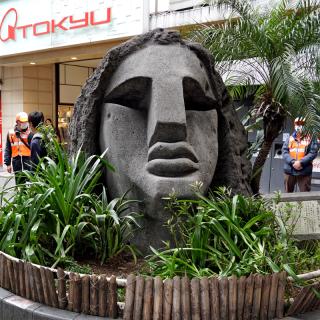
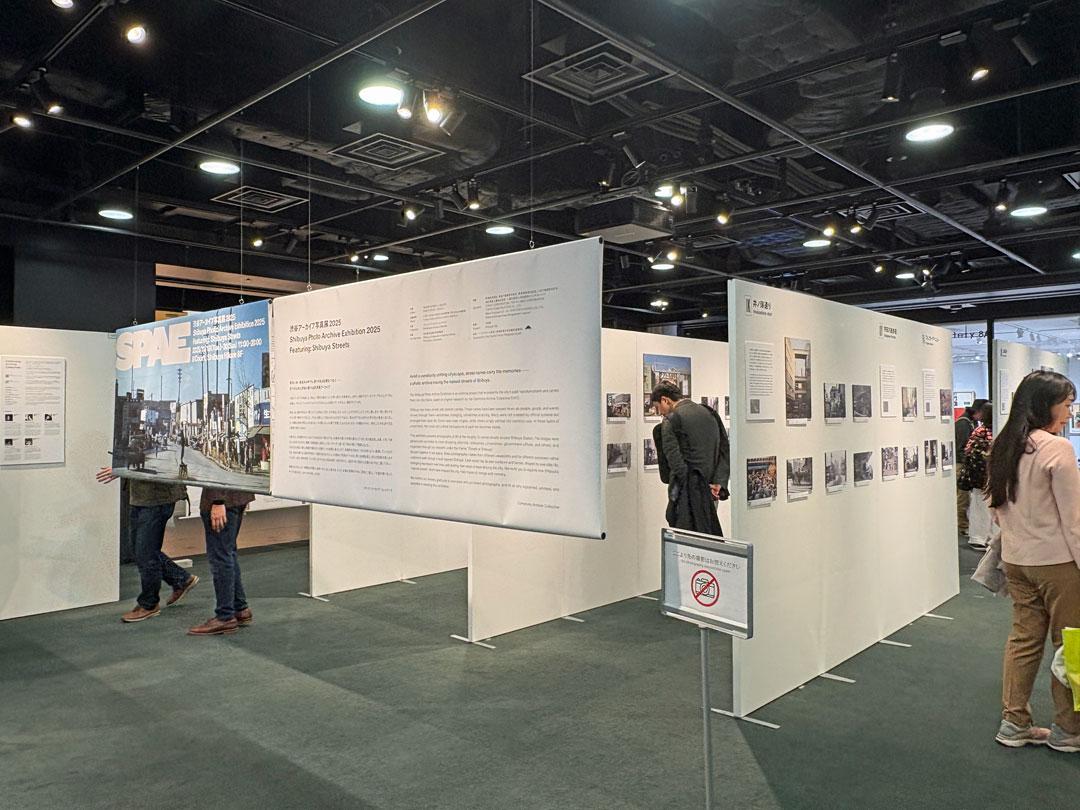
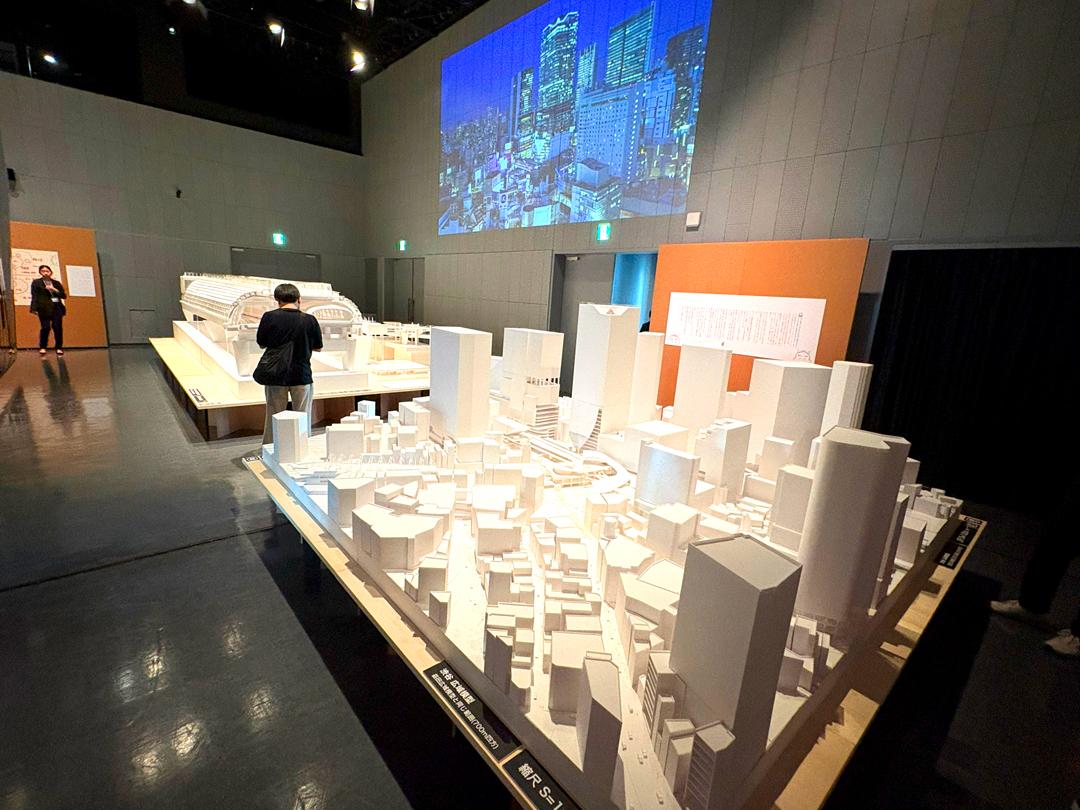
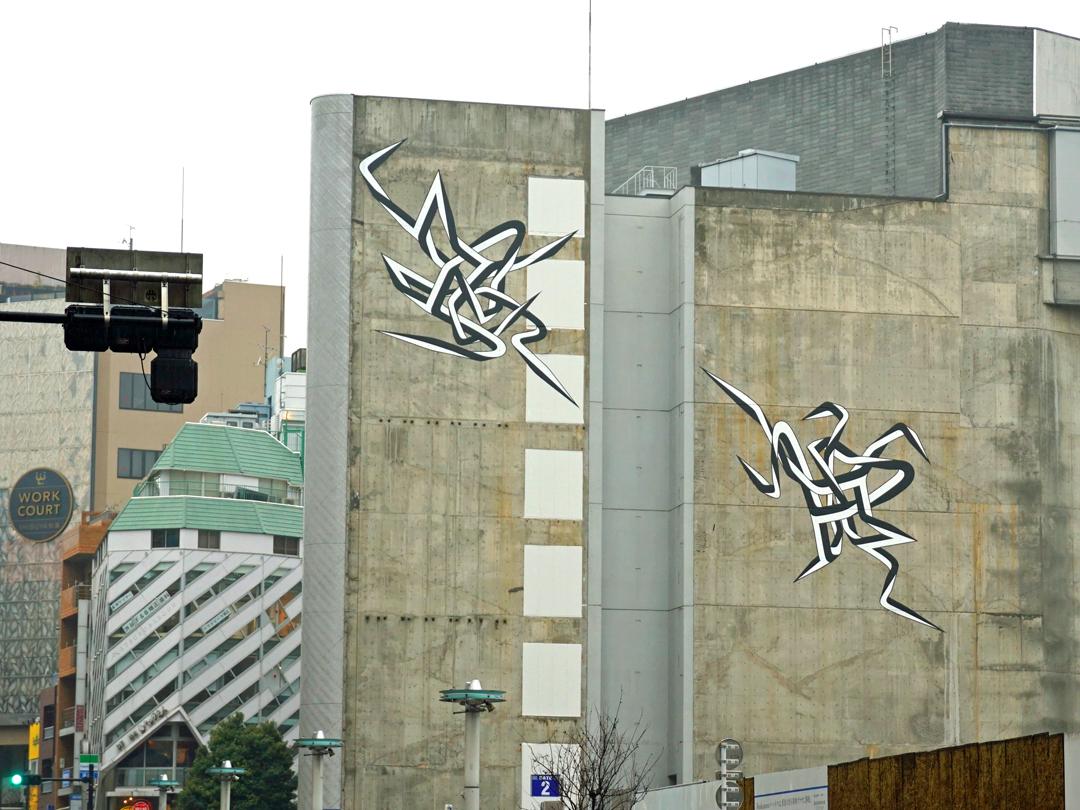
![東京のリアルな住まいを3Dで可視化──MVMNTが記録する「東京[不]不動産」展](https://biz.shibuyabunka.com/storage/images/watch//1740822700.jpg)
